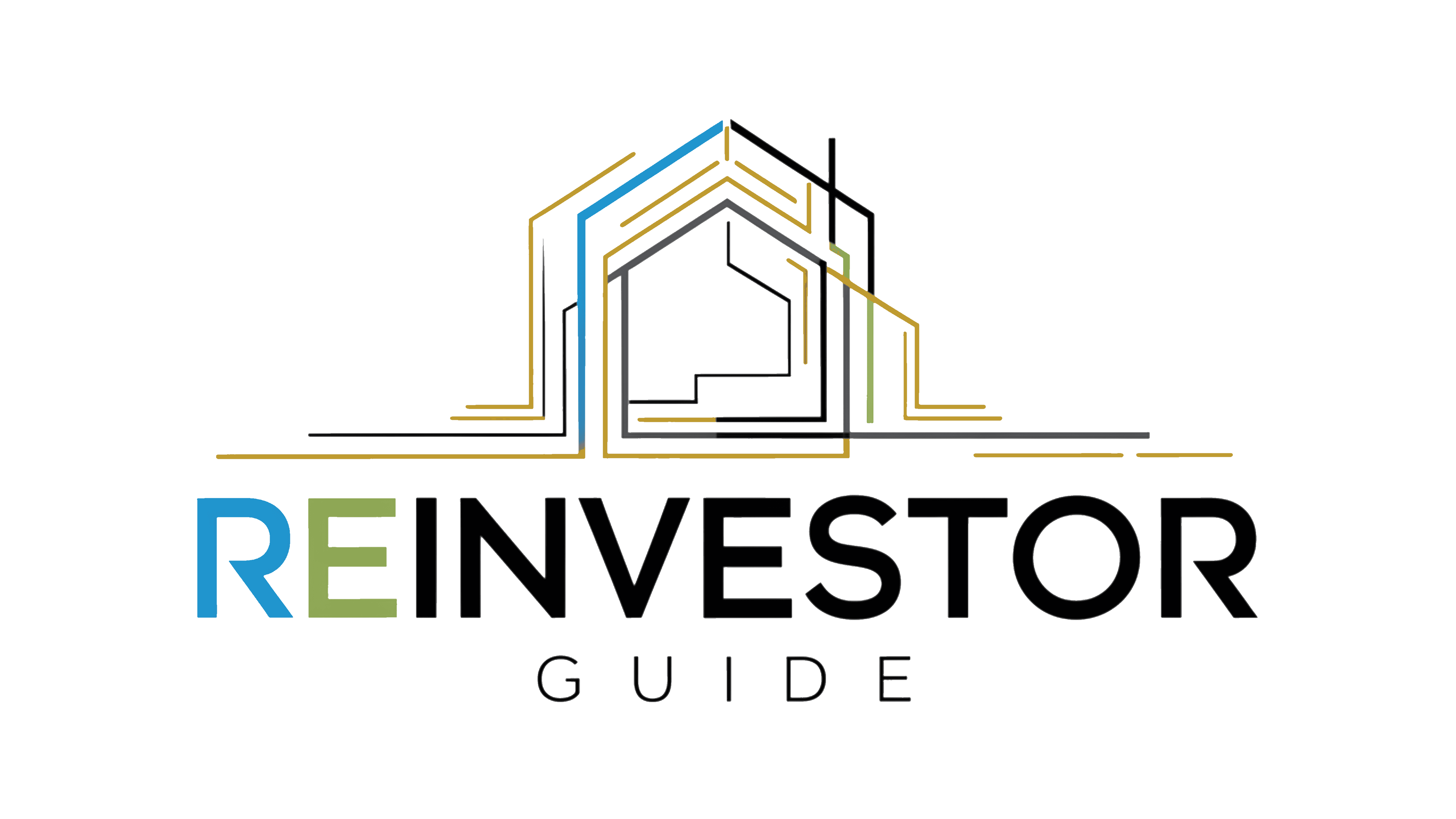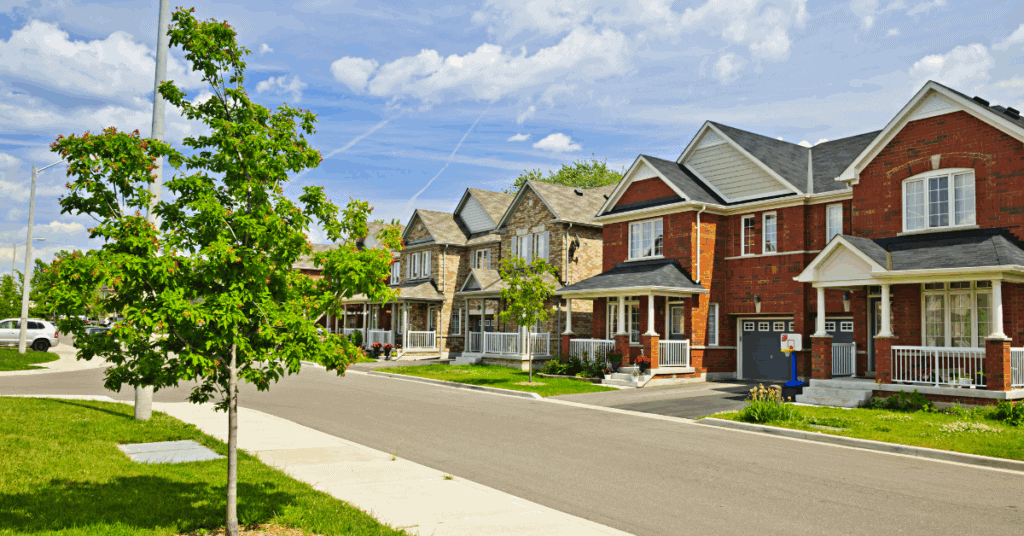Want to grow a real estate portfolio without running out of cash? Enter the BRRRR strategy—a powerful method for building wealth using the same capital over and over again.
BRRRR stands for Buy, Rehab, Rent, Refinance, Repeat. It’s used by investors across the country to:
- Acquire undervalued properties
- Force appreciation through renovations
- Recycle equity into new deals
- Build scalable, cash-flowing portfolios
This guide will break down each step of BRRRR, show you how it works, and help you avoid the most common mistakes that trip up new investors.
What Is the BRRRR Method?
BRRRR is a real estate investment strategy that helps you grow using limited cash. Instead of leaving your money in each property, you extract it through a refinance—and reinvest it into the next one.
It’s ideal for:
- Investors with limited capital
- Those targeting value-add properties
- Long-term buy-and-hold strategies
- Anyone using DSCR loans, private money, or hard money financing
Step 1: Buy
The first step is acquiring a property below market value, typically one that needs cosmetic or structural repairs.
How to succeed at the “Buy” stage:
- Target distressed or off-market properties
- Use the 70% Rule: Don’t pay more than 70% of the ARV (after-repair value) minus rehab costs
- Analyze deals based on cash flow and refinance potential
- Use hard money, private money, or a HELOC to close quickly
✅ Tip: Look for properties in landlord-friendly markets with strong rent demand and upside potential post-rehab.
Step 2: Rehab
The goal is to force appreciation by improving the property’s value—but keep your renovations investor-focused, not luxury-level.
Focus on:
- Safety, code compliance, and habitability
- Kitchens and bathrooms
- Flooring, paint, fixtures
- HVAC, plumbing, and roof (if needed)
- Curb appeal
Track every dollar spent—your rehab budget affects your refinance appraisal, and documentation supports your cost basis for tax purposes.
Step 3: Rent
Once rehab is complete, place a qualified tenant and stabilize the property with a lease.
What to do at this stage:
- Set market rent based on comps or STR data (if short-term rental)
- Require tenant screening: income verification, background and credit checks
- Use a strong lease with clear clauses (see our 7 Essential Lease Clauses guide)
- Set aside reserves from initial rent income
Once leased, your property is now producing net operating income (NOI)—the number your DSCR lender will care about most.
Step 4: Refinance
Now that your property is renovated and rented, refinance into a long-term mortgage to pay off your original loan and recover your capital.
Ideal options for BRRRR refis:
- DSCR Loans: Based on property income, not personal DTI
- Conventional Loans: If the property and borrower qualify
- Portfolio or Non-QM Lenders: More flexible underwriting
Key steps in this stage:
- Order a new appraisal based on after-repair value (ARV)
- Provide lease, rent roll, and operating income
- Ensure your DSCR is above 1.20–1.25 for approval
- Close into your name or LLC depending on loan type
✅ Pro Tip: Many lenders require seasoning—typically 3–12 months of ownership—before you can refinance and pull out equity.
Step 5: Repeat
Use the proceeds from your cash-out refinance to fund the next deal. You now have:
- A stabilized, cash-flowing property
- A tenant paying your mortgage
- Equity freed up to repeat the process
This is how BRRRR investors build portfolios quickly and efficiently—without constantly bringing in new capital.
Example: BRRRR in Action
- Purchase Price: $150,000
- Rehab: $30,000
- All-In Cost: $180,000
- ARV: $250,000
- Refinance at 75% LTV = $187,500
- Cash Recovered: $187,500 – $180,000 = $7,500 profit
- Property cash flows $400/month after expenses
You own a fully renovated rental, pulled out your entire investment, and made a profit—all while building long-term equity.
Pros and Cons of the BRRRR Method
✅ Pros
- Reuse your capital across deals
- Force equity with smart renovations
- Scale without needing new cash every time
- Build cash flow and long-term appreciation
❌ Cons
- Rehab risk: overruns or delays can derail timelines
- Refinance risk: lower-than-expected appraisal or lender restrictions
- Property management required
- Capital intensive upfront (especially in early deals)
Best Financing Options for BRRRR Investors
- Hard Money Loans for acquisition + rehab
- DSCR Loans for refinancing based on rental income
- HELOCs to fund down payments or renovations
- Private Lenders for flexibility during short timelines
- Bridge Loans for gap funding
📌 Use DSCR refis to exit hard money quickly—just ensure your NOI supports the new loan terms.
Final Thoughts
The BRRRR method isn’t a magic trick—it’s a disciplined, repeatable wealth-building strategy for investors who want to grow aggressively without constantly raising new capital.
By buying smart, rehabbing strategically, and refinancing efficiently, you can unlock a flywheel that builds both cash flow and long-term equity—deal after deal.
Our advise is based on experience in the mortgage industry and we are dedicated to helping you achieve your goal of owning a home. We may receive compensation from partner banks when you view mortgage rates listed on our website.



